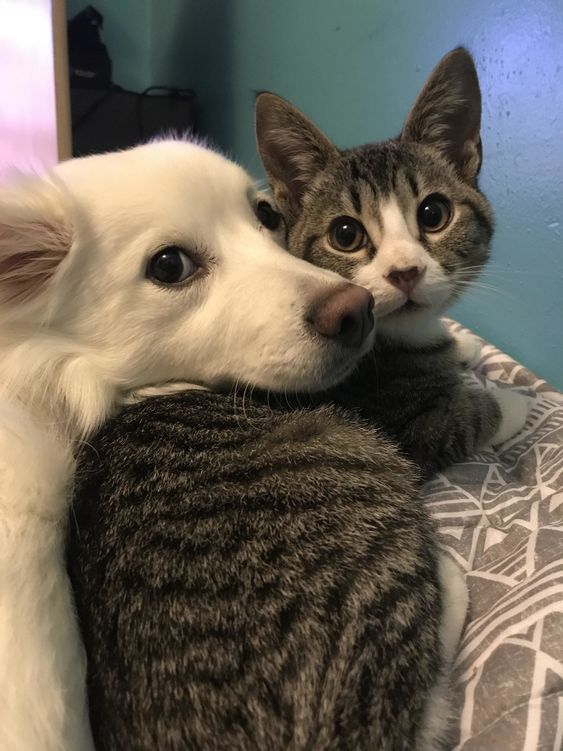As a dog or cat sitter, it's often challenging to set the right price for your services. This guide will help you develop a fair and competitive pricing strategy based on your experience, location and the additional services you offer.
1. consider your experience and qualifications
Your experience as a sitter is an important factor in pricing. Pet owners appreciate pet sitters who already have a lot of experience, as they offer security and trust:
- Beginners can start with slightly lower prices in order to build up a customer base and ratings.
- Experienced sitters or those with additional qualifications such as first aid courses for animals can charge higher prices.
Tip: If you're just starting out, think about offering special introductory prices. This can help you to collect your first orders and positive reviews.
2. consider the location
Your location has a major influence on pricing. The cost of living and therefore prices are often higher in cities than in rural areas. Find out about the average prices in your area:
- Urban areasPet owners are often willing to pay more because demand is high.
- Rural areasPrices are generally lower here, as the supply of animal sitters may be smaller and demand less intense.
3. offer additional services
Special additional services can set your service apart from the competition and justify higher prices. Some examples of additional services are
- Walks in the countryside (instead of just in the city)
- Nutritional advice for pets
- Photo updates or videos during support
- Administration of medication or care for older animals
Offer these services as Optional extras which the holder can book for an additional charge. This allows you to respond flexibly to the individual wishes of your customers.
4. pricing according to the scope and duration of care
The duration and scope of your support are decisive factors for the pricing:
- Short-term care (a few hours): Lower prices per hour are often appropriate here.
- Long-term care (several days or weeks): An all-inclusive price can make sense here. Long-term orders can be offered at a lower price, as less administrative work is required and the relationship with the animal stabilizes.
Some sitters offer Discounts for long-term childcare to attract regular customers and encourage owners to book longer childcare times.
5. determine your operating costs
As a sitter, you also have certain costs that you should take into account, such as:
- Transportation costs
- Insurance for you and the animals
- Taxes (if your income is taxable)
Make sure that your prices cover these costs and allow you to make a profit at the same time.
6. remain flexible and adjust your prices
Market conditions can change and it is important to adjust your prices occasionally:
- Higher demand during vacation periods? Consider offering higher prices during this time.
- Feedback from customersGet feedback on whether your price-performance ratio is right and adjust prices if necessary.
A Flexible pricing model enables you to respond better to different situations and customer requirements and to find a balance between attractive prices and fair remuneration.
Conclusion
Pricing as a dog or cat sitter is a balance of experience, location and additional services. This guide will give you a foundation to stay competitive while ensuring your work is fairly compensated. Through clear communication and occasional adjustments, you will gain satisfied customers in the long run and make a successful start as a sitter!





